 |
 |
| Before: Slower, harder | After: Faster, easier |
Ergonomics is a wide-ranging field that seeks to design tools, equipment, and tasks to optimize human capabilities. The goals are to simultaneously improve both production and employee well-being. The workplace process is to take a systematic and engineering-based approach to working smarter, not harder.
Historical roots
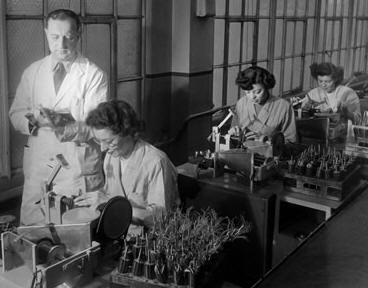 |
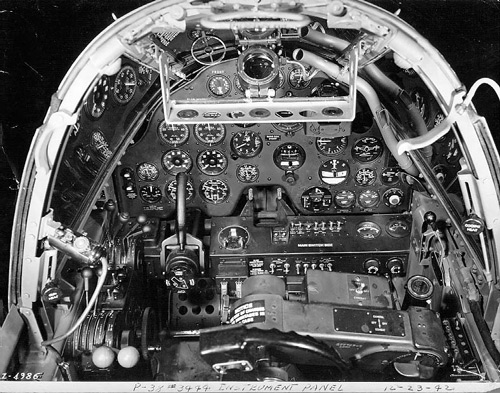 |
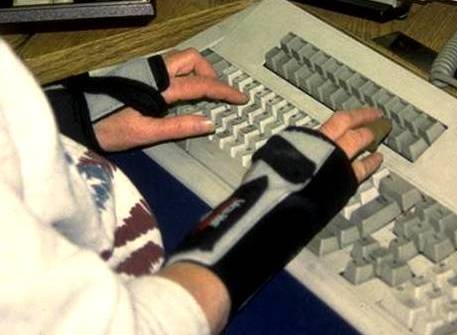 |
| Methods engineering (1920s-1930s) |
Aircraft cockpit design (1940s) |
Prevention of musculoskeletal disorders (1970s) |
The field draws from multiple roots, as described in Ergonomics — Foundation for Production. It is an interdisciplinary field that draws from engineering, psychology, physiology, medicine, industrial design, and others.
Common definitions and phrases
There are a number of catch-phrases that are commonly used to describe the field. These are outlined below, along with a number of perspectives to help clarify understanding.
Fit the task to the person
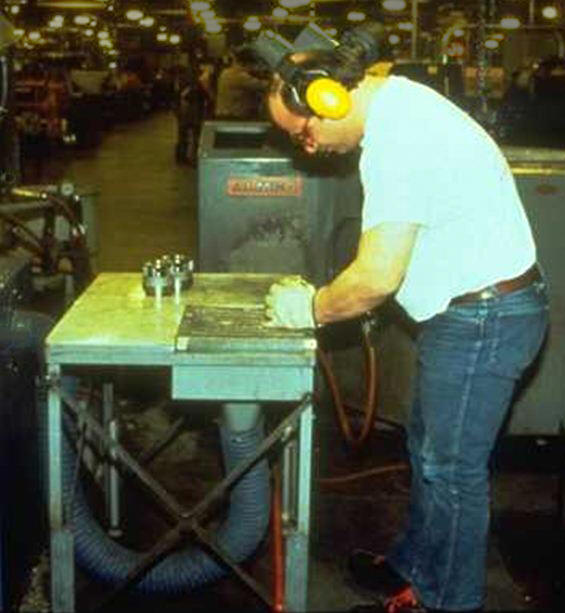 |
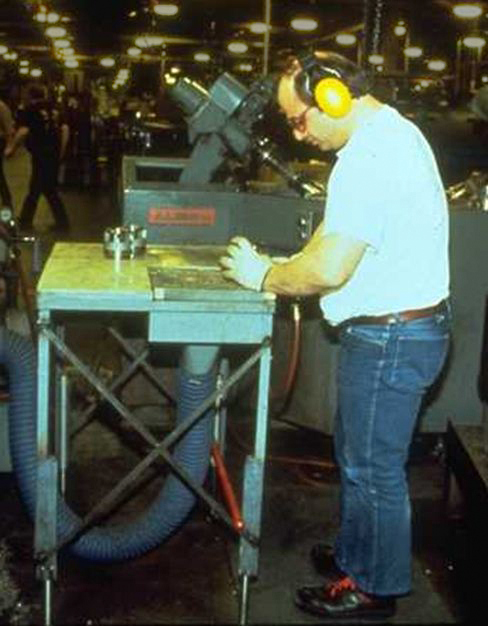 |
| Too low — Constantly bent back | Raised table legs — Better for the back |
Probably the best phrase to explain the field is “fit the task to the person, not the person to the task.” Whenever we set up a piece of equipment, we need to ask, “How does the human fit in?” When designing a tool or planning a task, we need to consider human strengths and limitations.
Make things user-friendly
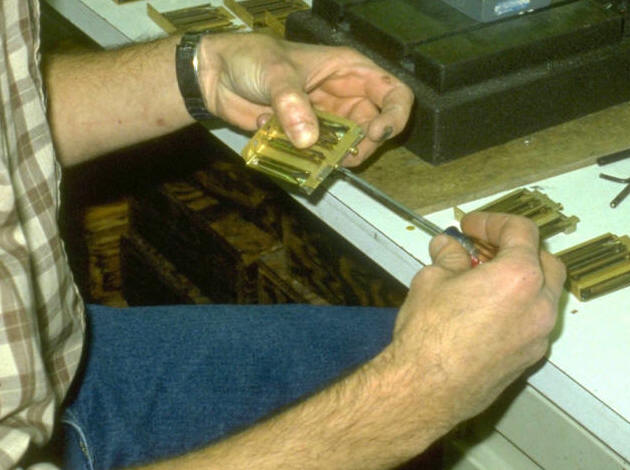 |
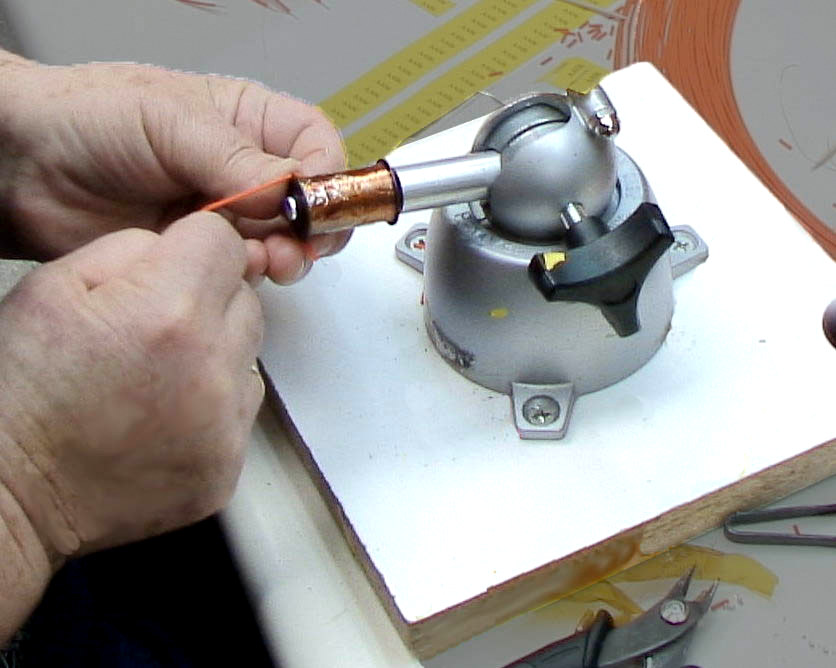 |
| Unfriendly — No fixture | Friendly — Good fixture |
The term user-friendly is synonymous with ergonomics. Anything that can be described as user-friendly can also be said to be ergonomic; unfriendly items are not ergonomic. All of the examples on this page could be used to show items that are friendly or unfriendly.
User-friendly means that things are easy to understand and apply, that mistakes are reduced, and that the human is treated well in the process. These concepts apply to both physical issues as well as mental or cognitive ones.
Work smarter, not harder
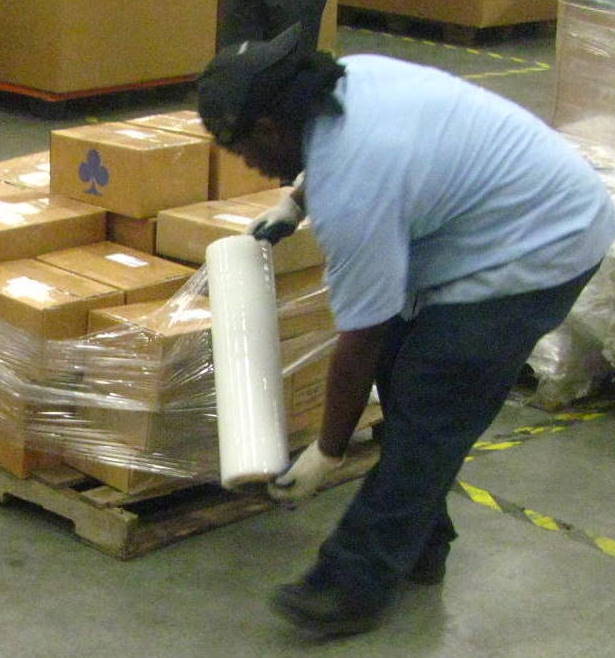 |
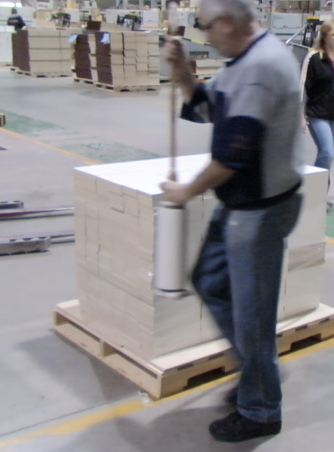 |
| Harder: Bending | Smarter: Broom handle to hold roll |
A time-worn phrase that most people aspire to is “work smarter, not harder.” But how one actually goes about doing so is left unstated. Ergonomics remedies that by providing a method for systematically finding smarter ways of working.
The rules of work
 |
 |
 |
The term ergonomics was coined from the Greek words ergon (meaning “work”) and nomos (meaning “rules”); so the literal meaning is “the rules of work.” These rules can guide you to making many good improvements.
Optimize the human-system interface
 |
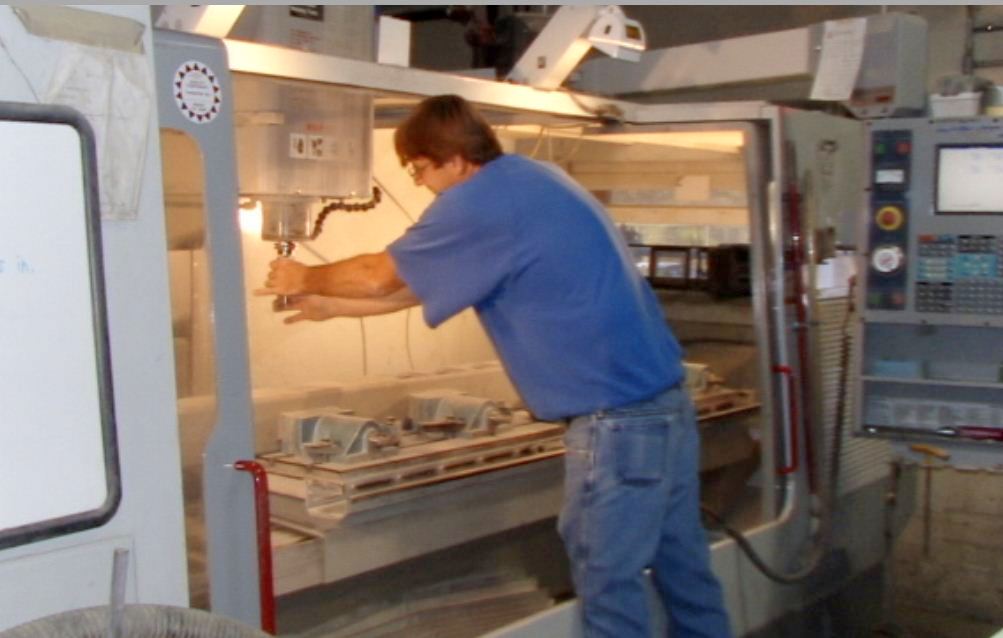 |
| Simple system: Several points of interface | More complex system: Multiple points of interface |
A more formal definition of ergonomics is to “optimize the interface between humans and systems.” Whenever one designs a more effective interface between a human and a tool or task, that is ergonomics.
In the photos above, the chair has several points of interface with the human: cushioning, height adjustment, backrest, etc. The machine tool is more complex and involves multiple points of interface: the tooling, the fixture, lighting, standing surface, control panel, and using the door.
Perspectives on the field
It’s not just for work
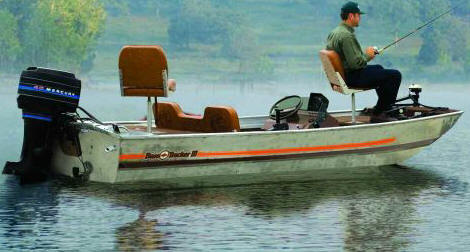 |
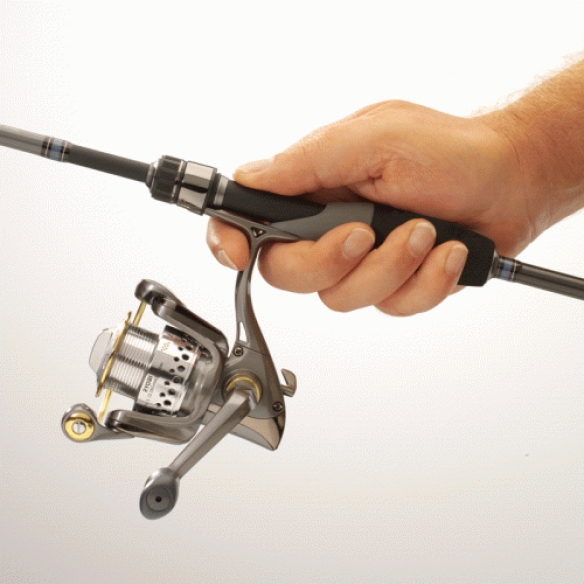 |
| Bass boat chair | Balanced rod and reel |
Ergonomics can be applied to any human activity, including home chores and leisure activities. www.world-fishing-tackle.de
It doesn’t have to be hard
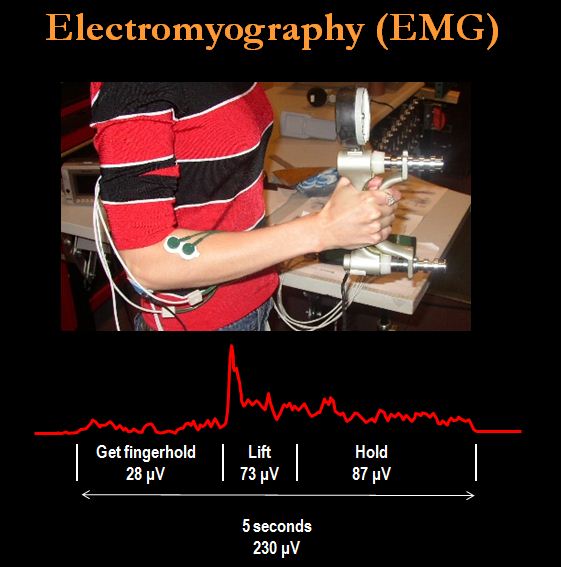 |
 |
| Advanced analysis — For professionals only | Typical workplace issue — You don’t need a Ph.D. |
Although some technical aspects of ergonomics are difficult, practical application at work does not have to be hard. Many problems are obvious once you start looking. And anyone can have a good idea.
It doesn’t have to be expensive
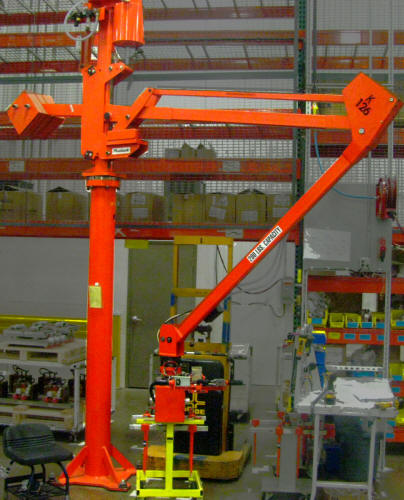 |
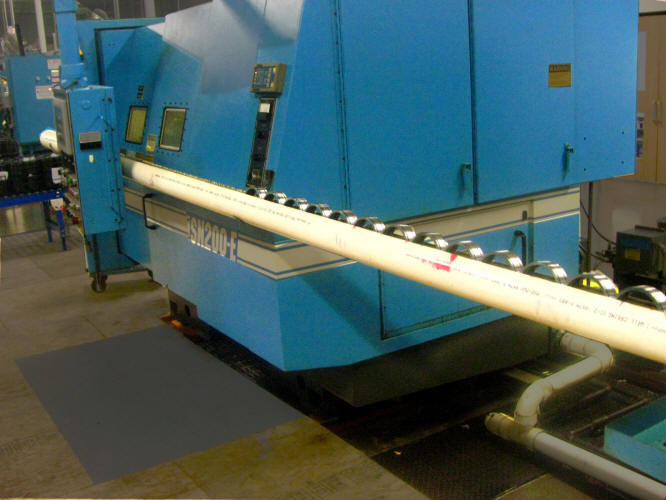 |
| Manipulator arm — High end | PVC half-pipe to eliminate walking and carrying — Low cost |
On some occasions improvements take capital investment, but very often the best solutions are inexpensive or even free. It just takes some creativity and thinking.
It’s not necessarily new
 |
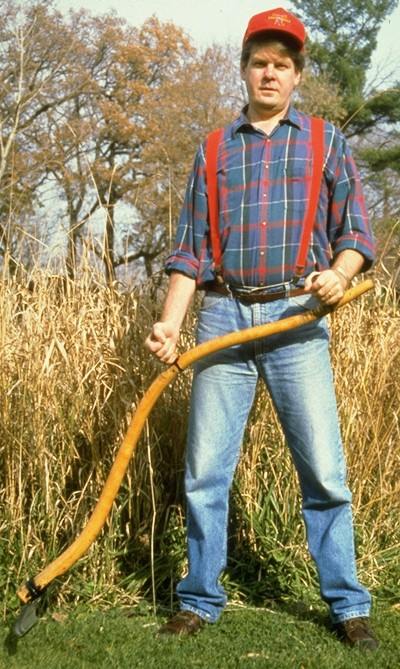 |
The term ergonomics might be new, but the concepts have been around since the earliest humans. A good example is a famous ergonomic device invented in the 19th Century — the two-handed scythe. They didn’t use the word ergonomics then, but the scythe contains many features that we would consider to be ergonomic today: the long handle eliminates the need to bend, the grips are adjustable, the shape takes advantage of the larger muscles in the torso and provides for greater range of motion.
Consequently, farmers could cut more crops with less wear and tear on themselves. (A combine is better, but that came later.)
